7 Clean and Care Tips for Crochet
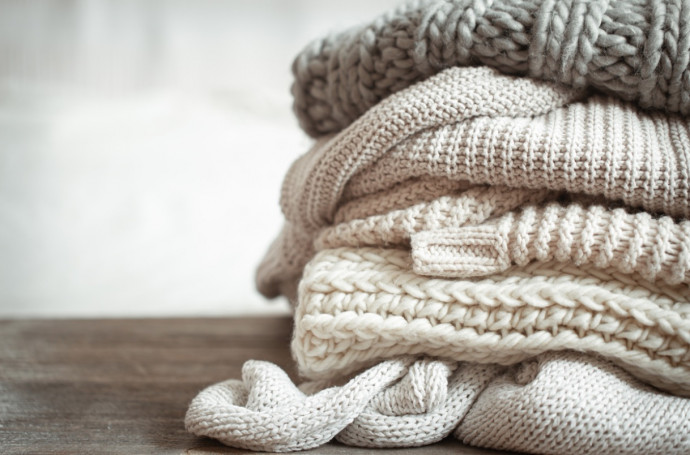
Because you have invested so much time and effort in your crochet, be careful when cleaning and storing it. Taking proper care of your projects will prolong their lives. Start by referring to the care instructions on the labels supplied with the yarn. Crochet blankets, sweaters, hats, and scarves are homemade treasures that require proper care to make them last for many years. Regardless of the fiber content, hand-washing is the gentlest way to clean your crochet piece and is preferred rather than using a washer. Keep a thorough record of all projects, including the pattern, the gauge swatch, a small amount of the yarn(s), and, most importantly, a yarn label for each of the yarns used. Care instructions for any special ready-made trimming, ribbons, zippers, or snaps should also be included. If you are giving a crochet project as a gift, it is important to attach care information so that the recipient can look after the item properly.
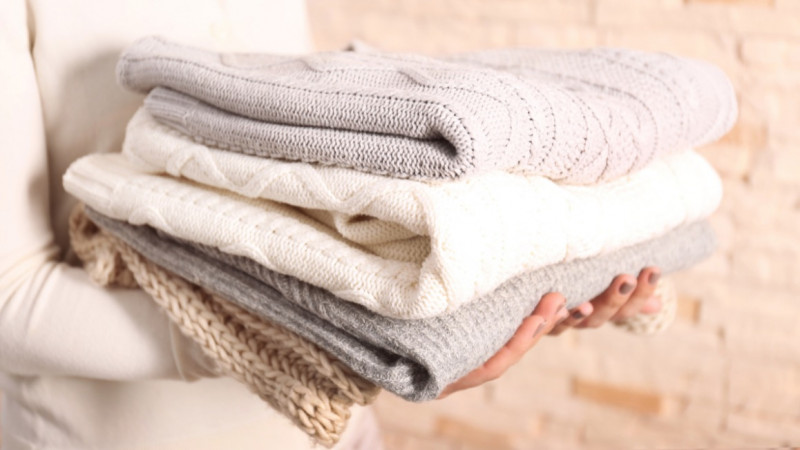
1. How often to clean crocheted projects
Many crochet blankets don't need to be laundered frequently—usually once a season is sufficient—unless you have animals or messy family members. Crochet clothing may not need to be washed after every wearing, especially if it's a sweater or a poncho that's layered with other clothing, unless it's frequently worn.
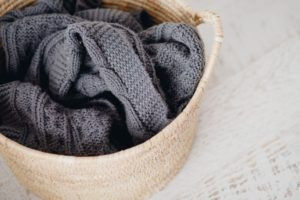
2. Preparing for washing
Remove any special buttons or trims that can be damaged by water or dry-cleaning. To retain the shape of openings, baste them closed using a fine cotton yarn that can be easily pulled out when dry. Measure the piece in all directions and record these dimensions, so you can mold it into the correct shape when it is still damp.
It is often a good idea to sew a care label to your crocheted items for convenience. This works best for larger items such as blankets and garments. Labels can be bought from craft stores, yarn stores, and online. Write the care instructions on the label with a permanent marker before attaching it. The label can then be attached securely with a sewing needle and some matching thread.
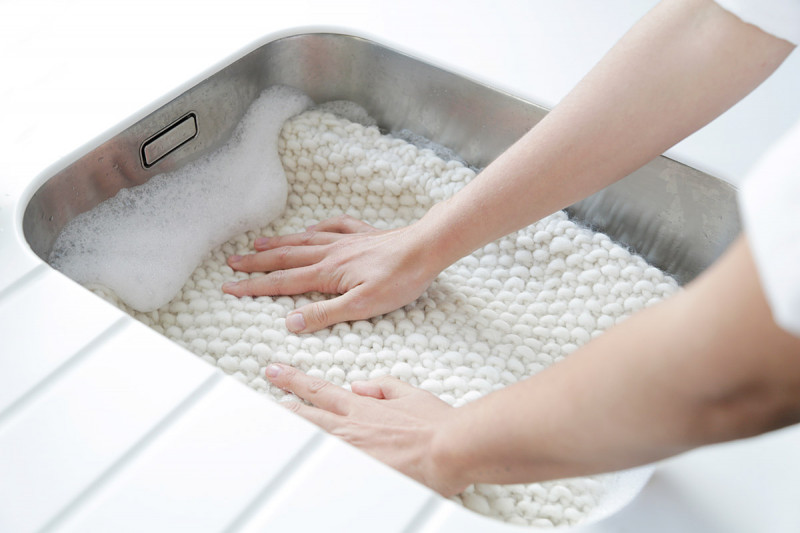
3. Washing
Refer to your yarn label for washing instructions. Yarns labeled “superwash” or “machine washable” can be washed in a washing machine on a gentle cycle and at a cool temperature. Many yarn labels, however, recommend hand-washing.
Wash your animal fiber crochet with great care, avoiding friction (rubbing), agitation (swirling the water), and hot water, which can cause felting in wool yarns and damage other fibers.
Dissolve a mild detergent in a large sink full of lukewarm water. Submerge a single item and gently press up and down on it. Soak for a few minutes, then rinse to remove the soapy water.
Squeeze out the water very gently, pressing the item against the sink. Do not wring. Supporting the damp item, move it onto a large towel. Roll in the towel to remove more moisture.
Tip: White cotton and acrylic yarns that have yellowed can be brightened by soaking in an oxygen bleach solution. Unfortunately, oxygen bleach will not whiten wool fibers.
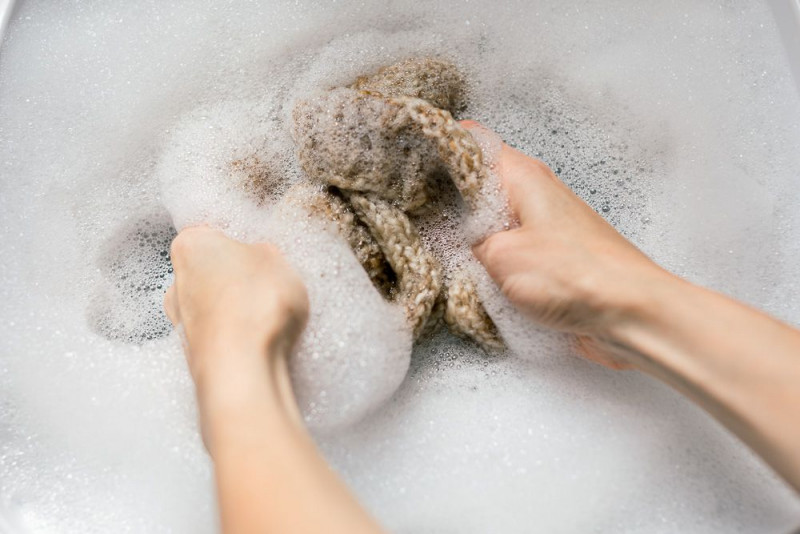
4. Rinsing the item and soaking the remaining water
Drain the soapy liquid, and add fresh cold water for rinsing. Repeat this process until the water is clear and free of suds. Slowly lift your garment out, and gently squeeze it over the basin to remove excess water. If you're washing something large like a blanket, you can use a sheet as a sling to remove it from the tub. Once most of the dripping has ceased, support the item from underneath, and transfer it to a dry towel (or several towels). Roll it up in the towel, firmly pressing (not wringing) as you go to absorb the liquid.
5. Drying
Dry washed crochet flat on a fresh towel, turning it over occasionally to speed up the process and prevent damage by mildew.
Large items, such as throws, can be dried on the floor; first, cover the floor with a large plastic sheet, then lay towels on top of this before positioning the throw.
It may be necessary to replace the towels every so often with dry ones if the item is particularly large or thick, in order to help it dry more quickly.
Mold damp crochet into its correct size and shape before leaving to dry, and never leave in direct sunlight or near a heating source. Once completely dry, you can block and steam the piece if necessary.
Never hang up a crocheted item to dry; the weight will cause it to become permanently misshapen, and no amount of blocking will restore it to its original shape and size.
6. Reshape the item
Re-form and adjust the piece until it returns to its original shape; avoid tugging or pulling. For sweaters, gently push the ribbing together at the neckline, wrists, and waist. Next, fasten all buttons, fold the collar, and lay the arms flat to dry.
7. Storage and moth control
Store crochet items in a cool, dark closet. Don't store in basements and attics due to humidity and fluctuating temperatures. Fold garments and blankets, and stow them in breathable cotton bags or storage bins. Never hang crochet clothing—the weight will stretch out the garment very quickly. Use acid-free archival paper if storing smaller crochet objects.
Check regularly for telltale holes. If storing all summer, place an antimoth product in the drawer or closet with your wool crochet and renew it as directed.
Before repairing a hole in a moth-infested item, place it in the freezer overnight to kill any eggs. Crochet too large for the freezer, such as throws and afghans, can be placed all day in the sun to achieve the same result.
When a crocheted item is not being used, store it flat. If you hang it up, the stitches will become stretched and any damage will be irreversible. If your crochet is to be stored for any length of time, wrap it in acid-free tissue paper, placing the paper between the folds as well as around the outside.
